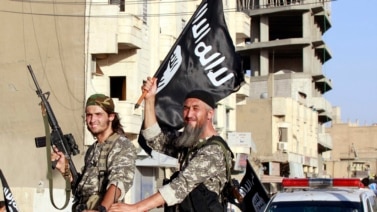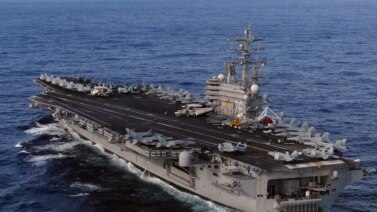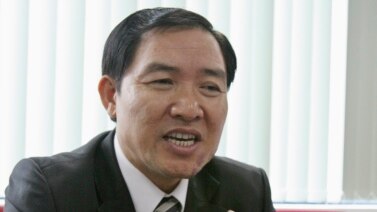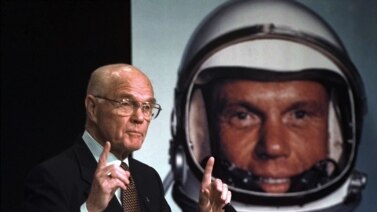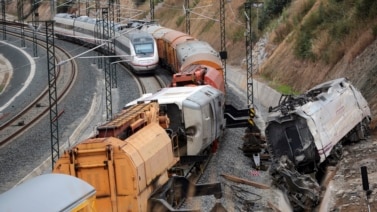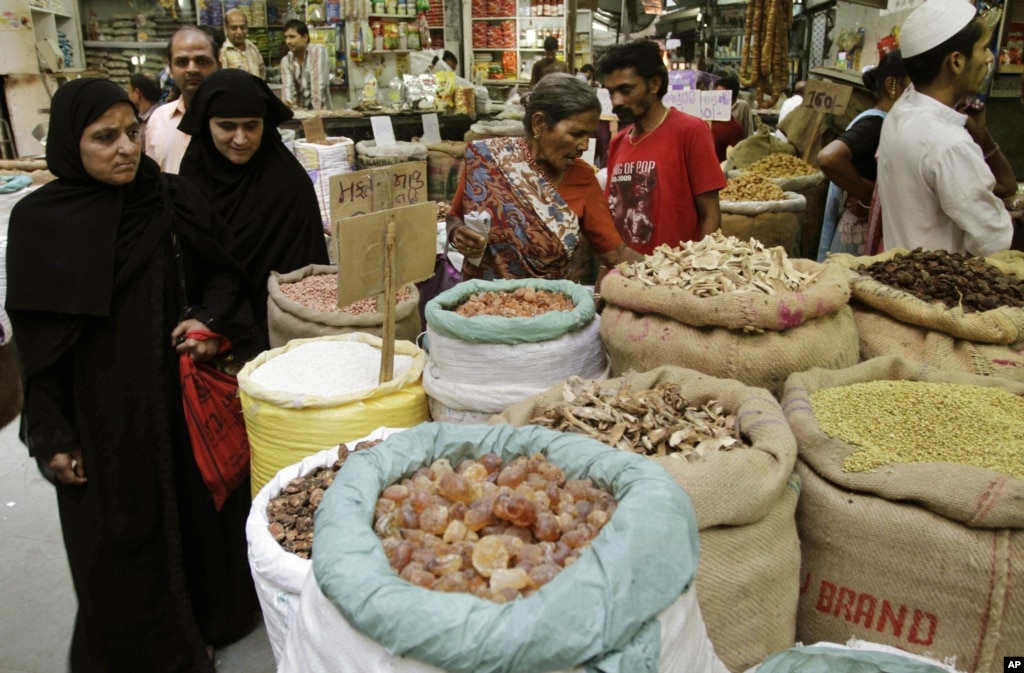
Hello, and welcome to “As It Is,” our daily show for people learning American English.
I’m Christopher Cruise in Washington.
Today on the program, we look at whether African leaders have kept the promise they made ten years ago to spend more money on agriculture research.
“…the level of execution, the real expenditure of this budget, remain unfortunately very low -- between 65 to 70 percent of the resources allocated are really spent [on farmers.]”
And we take you back 119 years, to the day when workers began building the foundation on which the Statue of Liberty would stand, on an island in New York harbor.
“He realized his statue would have a greater impact in the busiest harbor.”
But first, we go to India, where the government says it has a plan to help the country’s many millions of poor people deal with the rising cost of food…
In India, Worry About Sharply-Rising Food Prices
The Indian government says it will pay to lower the cost of food grains for more than two-thirds of the country’s 1.2 billion people. But not everyone thinks the program will work. And some critics believe the government is supporting the plan only to get votes.
Faith Lapidus reports…
Food prices continue to rise in India’s capital, New Delhi. So Geeta Kashyap negotiates even harder at a local market to persuade food sellers to lower their prices.
“Everything is so expensive now, diesel is expensive, gasoline is expensive, food is getting expensive -- tomatoes that used to be 20 rupees a kilo are now 70 rupees a kilo -- how can someone eat?”

The Indian government is answering that question with its new food security plan. The government will guarantee a majority of India’s people five kilograms of rice, wheat and coarse cereal a month at reduced cost -- just one to three rupees per kilogram. Poor children and pregnant women will get free meals.
The program is important for India, where one-fourth of the world’s hungry poor live. In addition, one out of three Indian children is reported to suffer from malnutrition. That is a rate higher than for children in countries south of the Saharan desert in Africa.
The plan would expand food aid to 50 percent of people living in cities and 75 percent of India’s rural population. But critics say the government must improve the way the food is provided for the plan to be successful.
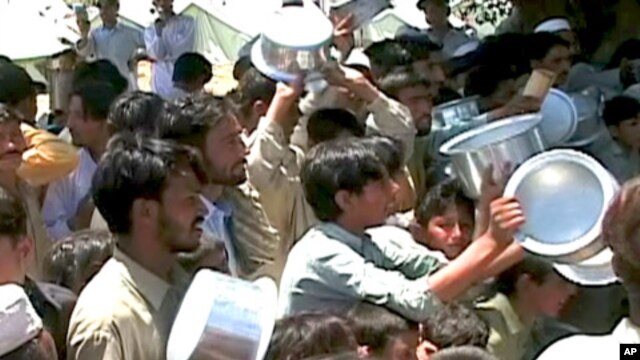
Sushil Kumar spoke with VOA about the problem as he bought food at a market in the Indian capital. He wonders if the reduced-price grains will get to those who need it.
“What store owner is going to give rice for three rupees a kilo? How will a person have proof that he is poor and entitled to those subsidies? He needs a card to show to a shop owner.”
VOA also spoke with Trishna Garg at the market. She says the Cabinet approved the bill and the president signed it because the ruling Congress party wants to win elections set for next year.
“They did this for the votes, the government doesn’t really do anything, but during election time, they say, this will be cheaper, but nothing happens.”
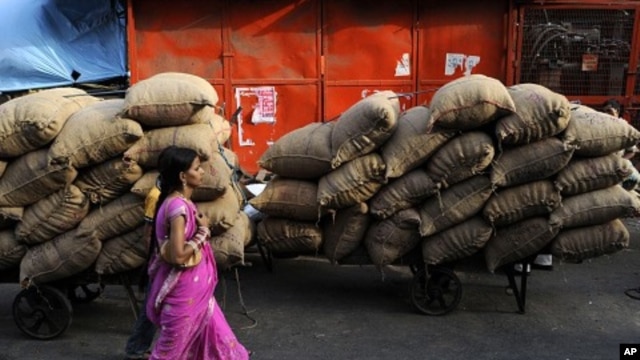
There are also questions about whether India has the $21 billion necessary to pay for the program.
I’m Faith Lapidus.
Ten Years Later: Promises Made, But Not Kept
In 2003, leaders of 53 African Union countries promised to spend at least 10 percent of their national budgets on investment in agriculture. Ten years later, only seven of the countries have reached that goal.
The promise was called the Maputo Declaration.

Now, ten years after the Declaration, aid groups are urging AU countries to repeat their commitment.
Mario Ritter reports…
Many countries spend less than three percent of their budgets on investment in agriculture. Yet small-scale farmers represent more than 80 percent of their populations.
Eric Hazard is with the West Africa GROW campaign, a program operated by Oxfam International.
“In Africa, we know that 90 percent of the population living in rural area(s) is living with agriculture and by agriculture. We also know that we are, in some region(s), for example, in West Africa, where we are facing some regular and recurring crisis, food crisis. So we can’t continue to believe that we’ll be able to resolve the food insecurities that all population are facing only by ignoring this sector. So it’s critical in term(s) of guarantees of food security of the population, but it’s also critical to ensure that we will reduce seriously the poverty.”
Eric Hazard says investing in livestock is also important.
For example, in Niger, live animals are responsible for about 22 percent of the country’s exports. Farm animals are considered an important method of reducing poverty among the country’s poorest people. But only 1.7 percent of the national budget is spent on livestock investment.

Mr. Hazard says while reaching the 10 percent goal is important, it is only the first step. He says the quality of the investment is also important.
“Even countries which I’ve been able to reach -- I can take, for example, the case of Burkina Faso, who is the champion of Maputo, is the first one, in fact, who has dedicated the most resources in its agriculture budget -- the level of execution, the real expenditure of this budget, remain unfortunately very low -- between 65 to 70 percent of resources allocated are really spent [on farmers.]”
Eric Hazard says the money is often used on wages for government employees.

Experts predict West Africa’s population will double by the year 2030. To avoid further and more severe food crises, aid organizations are urging AU countries to re-state their commitment to the Maputo Declaration and make the promised investments in agriculture.
I’m Mario Ritter.
Statue of Liberty Begins Her Rise
Finally, on August 5th, 1884, workers began building the Statue of Liberty’s pedestal, or foundation, on a small island in New York Harbor.
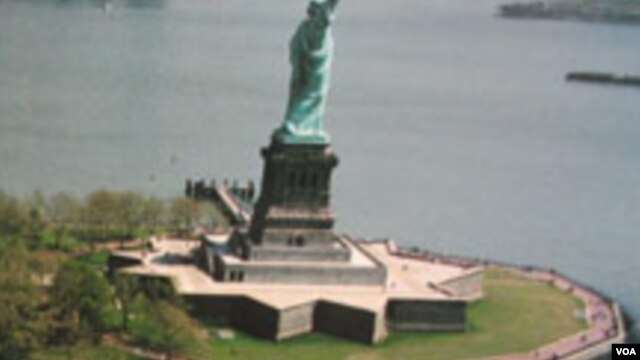
She was a gift from the people of France to the United States to mark the 100th anniversary of America’s independence from Great Britain.
She was sculpted by Frederic Bartholdi.
Barry Moreno wrote The Statue of Liberty Encyclopedia. He says Frederic Bartholdi chose the place where the statue was placed.
“And while entering the harbor by ship he saw a small island called Bedloe’s Island. And he saw Manhattan, and he was struck by the magnificent vista, and he was aware that New York was the pre-eminent harbor. So he selected New York as the site of the Statue of Liberty for that reason. He realized his statue would have a greater impact in the busiest harbor.”
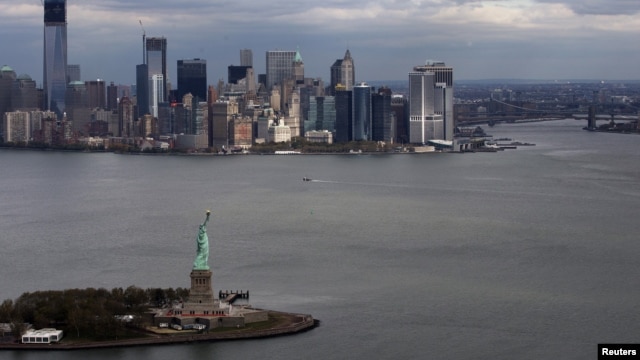
It took more than two years to complete the pedestal and statue on the island. The Statue of Liberty was dedicated by President Grover Cleveland on October 28th, 1886.
Millions of passengers heading for the immigration station on Ellis Island -- near Bedloe’s Island -- came to see the Statue of Liberty as a symbol of their new lives in America.

I’m Christopher Cruise, and that’s “As It Is” on The Voice of America.
